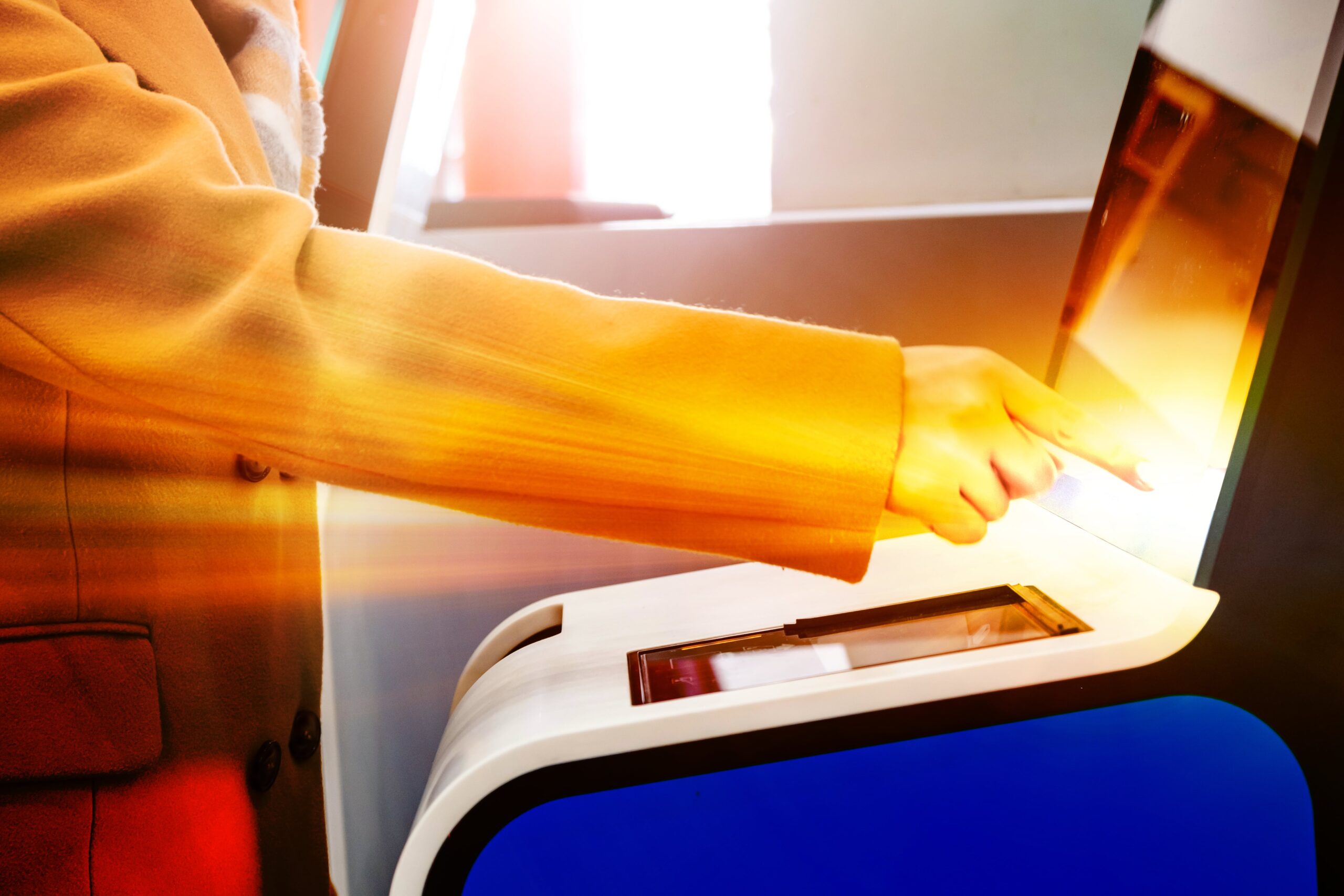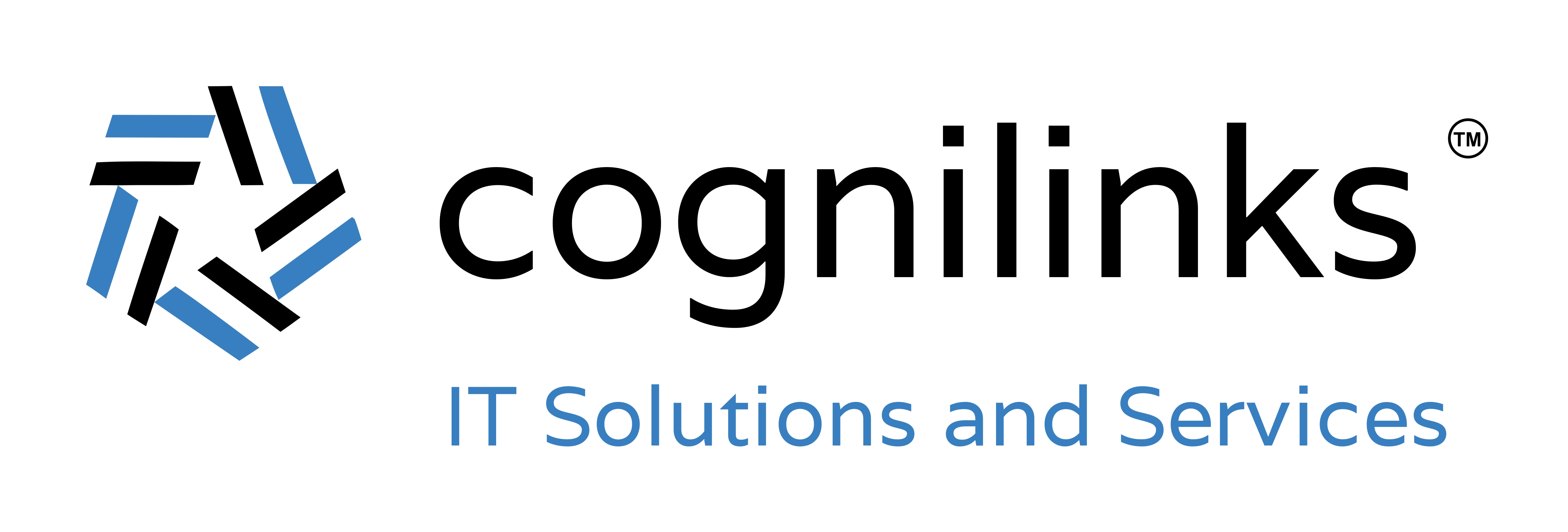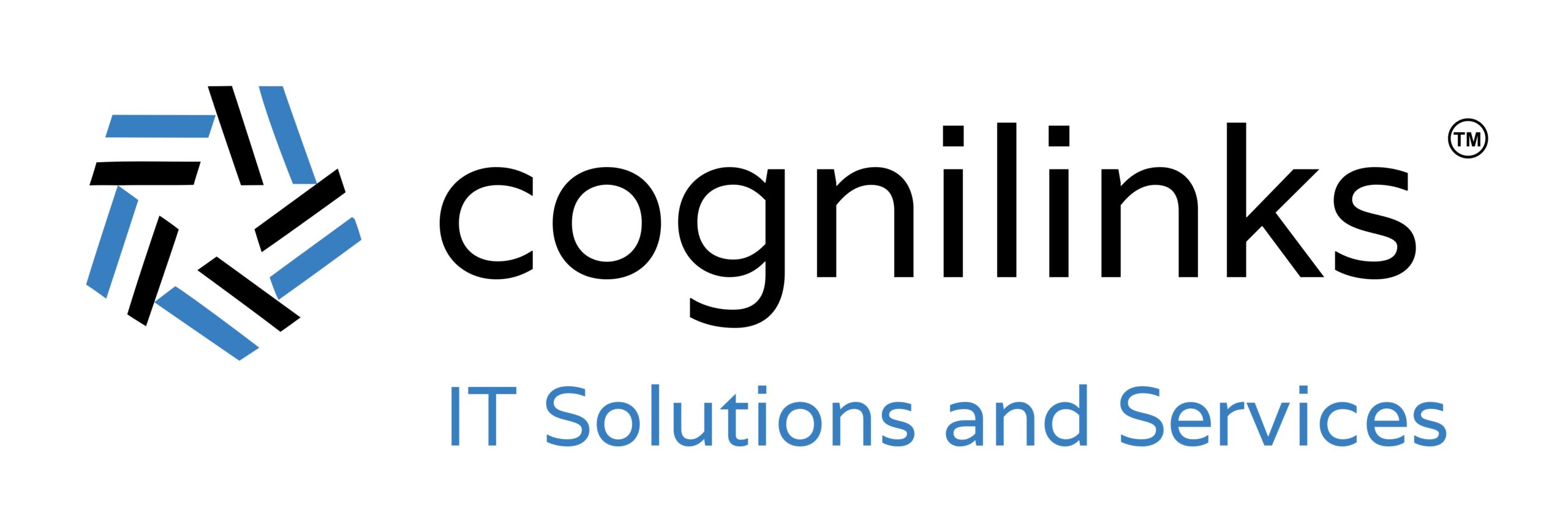
Daily, self-help kiosks are becoming more prevalent. Once upon a time, people thought businesses that installed touch-screen monitors were technologically advanced. Today, however, similar displays appear in locations around the globe.
A self-help kiosk is essentially an interactive screen that provides information or performs a function with a simple touch. The kiosks are incredibly adaptable and are used in a variety of contexts. These are presently prevalent in fast-food restaurants, transit terminals, and banks.
What Are the Benefits of Self-help Kiosks?
There are many advantages to self-help kiosks, so it is no surprise that businesses are keen to install them in their stores and offices. Here are the three that first come to mind.
Wireless Transactions
Business transactions are the primary reason behind the popularity of self-help kiosks. During the COVID pandemic, person-to-person contact was easily avoided. Notwithstanding the constraints, kiosks enabled businesses to proceed.
Enhanced Profits
Kiosks can save a substantial number of resources, including manual labor. Much of the job can be automated, which significantly cuts business operating expenses. You can then reallocate your staff to other crucial jobs, which enhances efficiency and productivity.
Improved Service
Your company will serve more consumers because of the quicker transactions and shorter lines. This would ultimately result in a significantly more enjoyable client experience.
Connection and Adaptability
You can modify the kiosks to serve multiple purposes. For instance, you can integrate a payment method into your self-order kiosk, allowing your consumers to make purchases immediately. You can also connect your kiosk to a cloud-based CMS to arrange the presentation of any content on your kiosk screens.
What Are the Negatives of Self-help Kiosks?
Like with any technological device, self-help kiosks can provide several potential problems.
Consumer Discontentment
Even in this digital age, many customers may find kiosks difficult to use. Some may find it difficult to traverse the channels, while others may be afraid to touch the screen for fear of making errors.
Reparative Downtime
If your system shuts down for any reason, such as a power outage or an error, the kiosk will also shut down. Also, there will be a need for maintenance and repairs, so your kiosk will be momentarily inoperable, and business will cease.
Self-Help Kiosks’ Importance in the Hybrid Workplace
A hybrid workplace efficiently combines remote and on-site operations. The specific structure depends on the company. There may be days when staff can work remotely and other days when they must be physically present.
In a hybrid work environment, fewer people are in the office, no matter what the exact schedule is. This schedule highlights the importance of the self-service kiosk. These machines can give employees, clients, and visitors information and complete transactions without human interaction. The business can operate normally even with the reduction in personnel.
Establishing Self-help Kiosks for Your Company
It is possible to install your self-help kiosks, even if the installation process is complicated. Most of the time, it’s smart to get help from a managed service provider who knows what they’re doing. We can set up and integrate your kiosks into your system for you. As part of the move to a hybrid workplace, we have already assisted dozens of clients in installing kiosks.
Call us to learn more about kiosks and how they might benefit your business. We may organize a consultation to discuss the optimal kiosk solutions for your organization.

